Luciana Maynard
1. The crank-slider mechanism refers to a planar linkage mechanism that uses a crank and a slider to achieve the mutual conversion of rotational and linear motions. In the crank-slider mechanism, the component that forms a sliding pair with the frame is the slider, and the component that connects the crank and the slider through a rotating pair is the linkage.
2. In this mechanism, the small gear acts as the driving component to rotate the large gear. The crank, which is concentric with the large gear, can rotate 360°. The linkage pushes the slider to move in a straight line. However, due to the presence of dead points, the slider cannot drive the crank to move.
3. It is used as an instructional tool and a typical mechanical transmission mechanism to explain the working principle of the crank-slider mechanism.
Specification: A Typical Crank-Slider Mechanism
|
User Reviews
Be the first to review “A Typical Crank-Slider Mechanism” Cancel reply
You must be logged in to post a review.

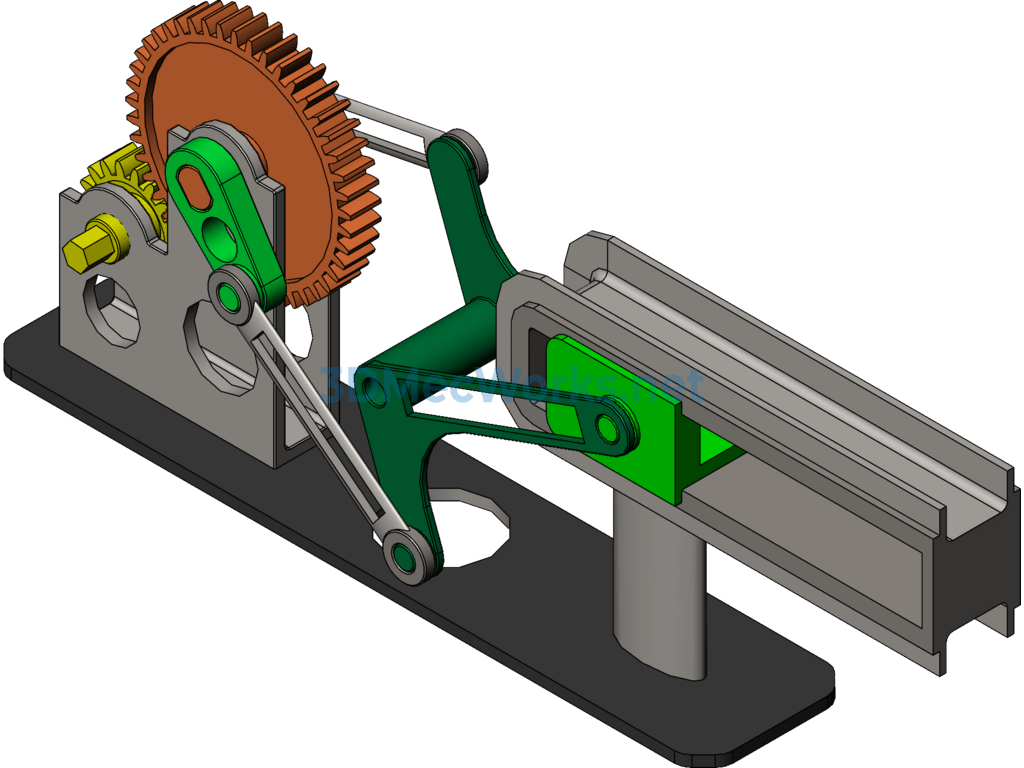
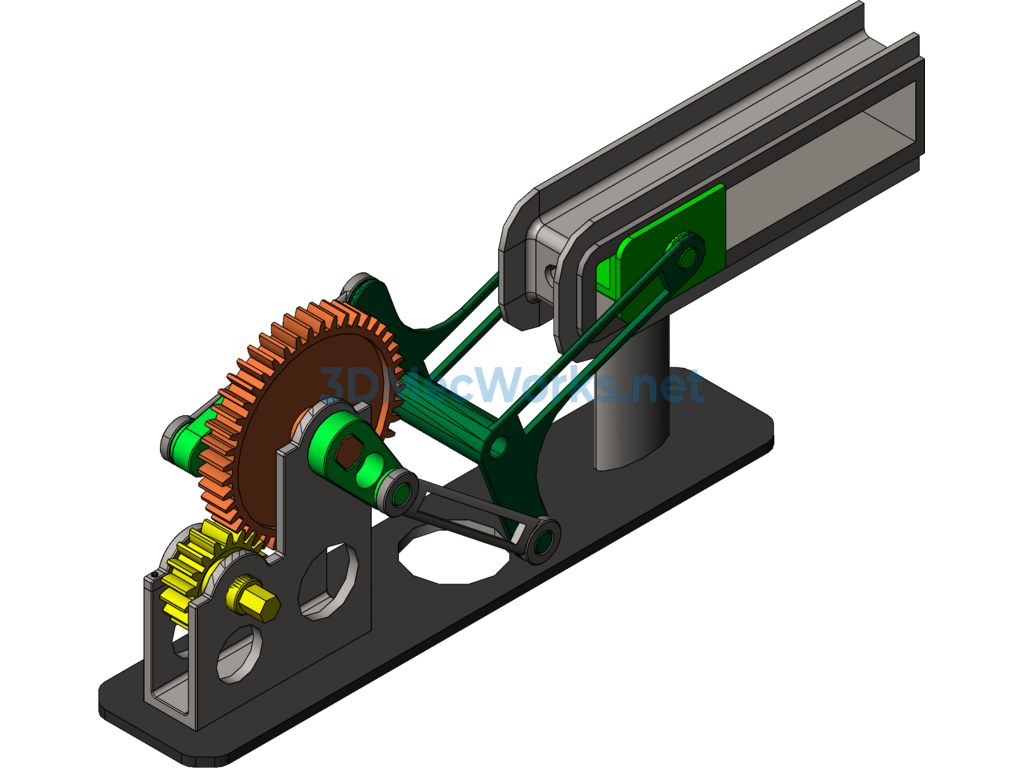
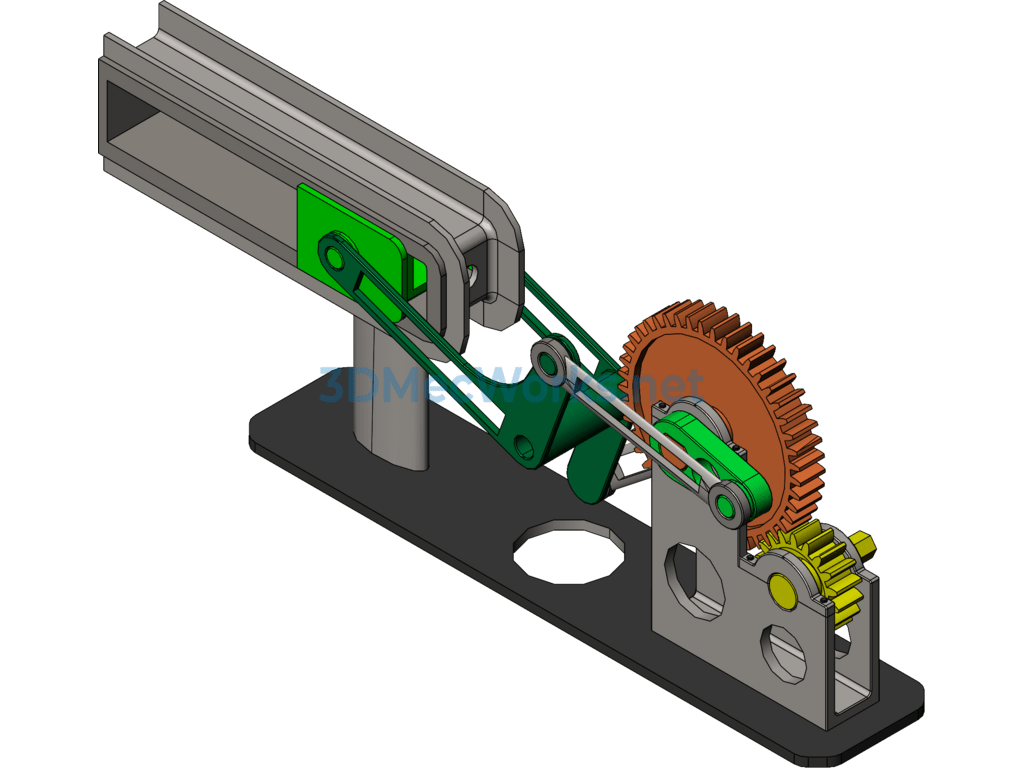
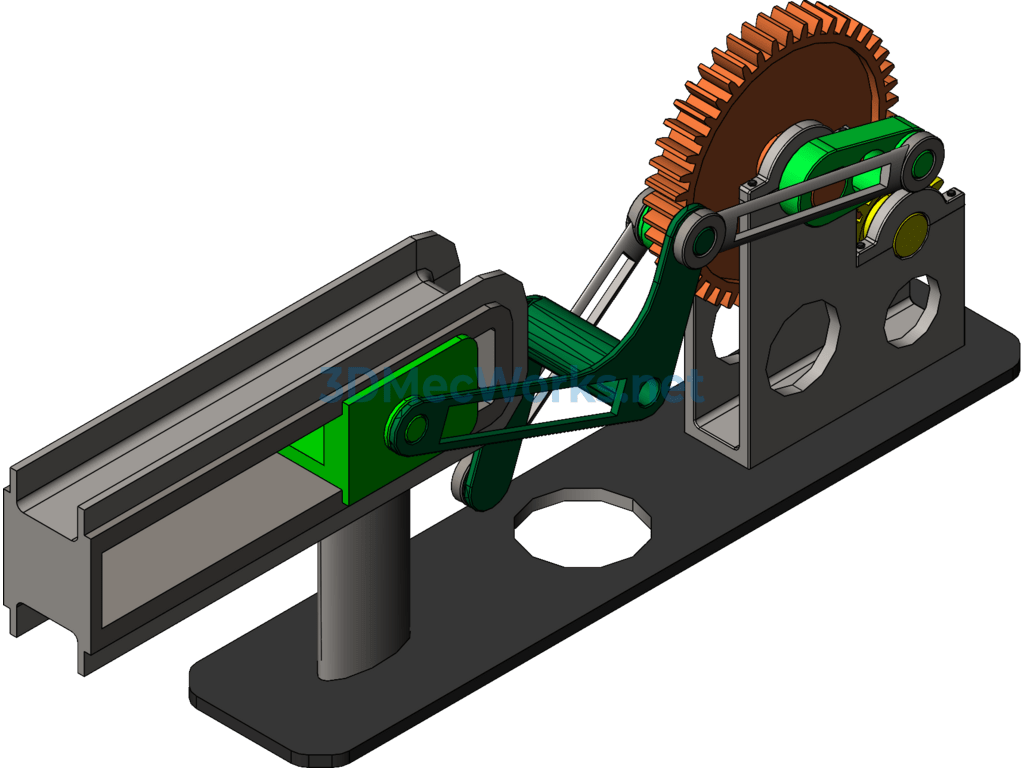
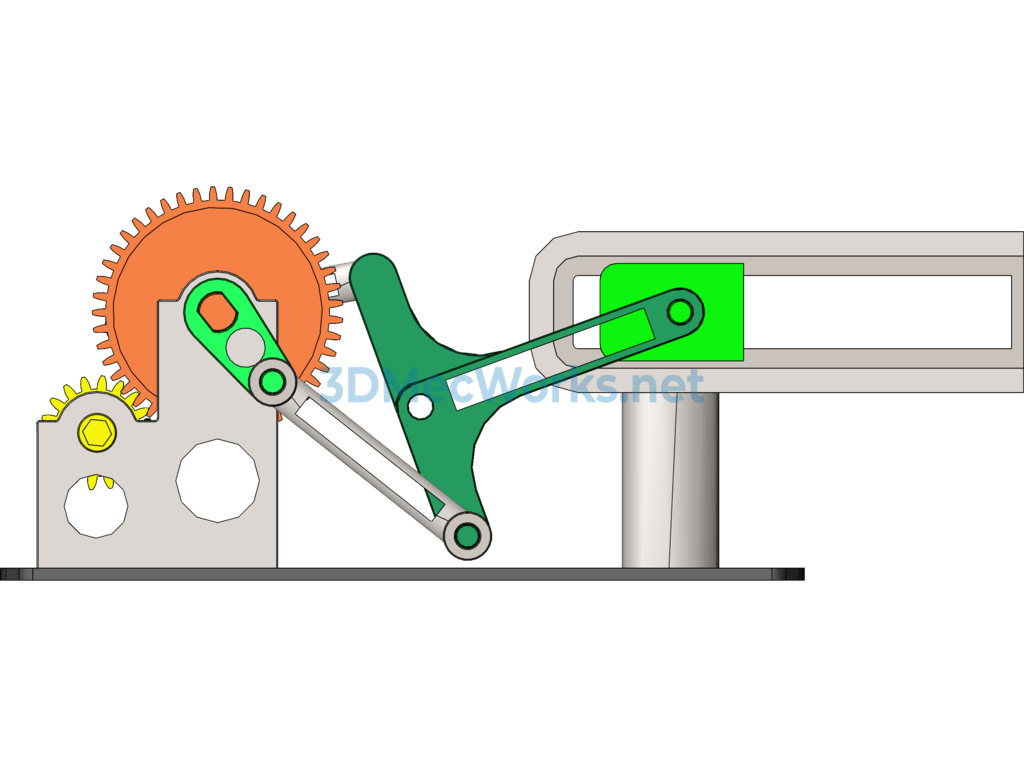


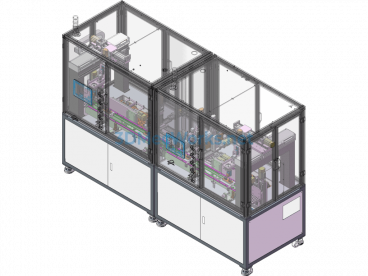
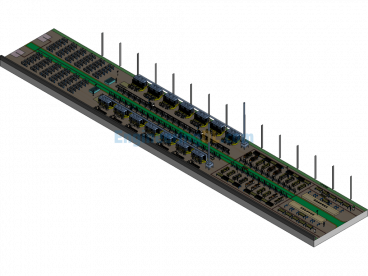
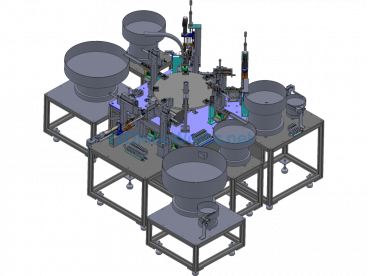
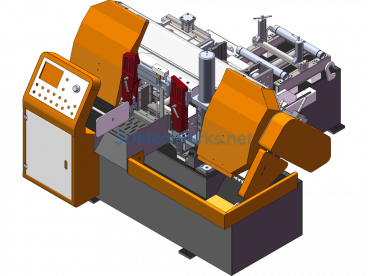

There are no reviews yet.